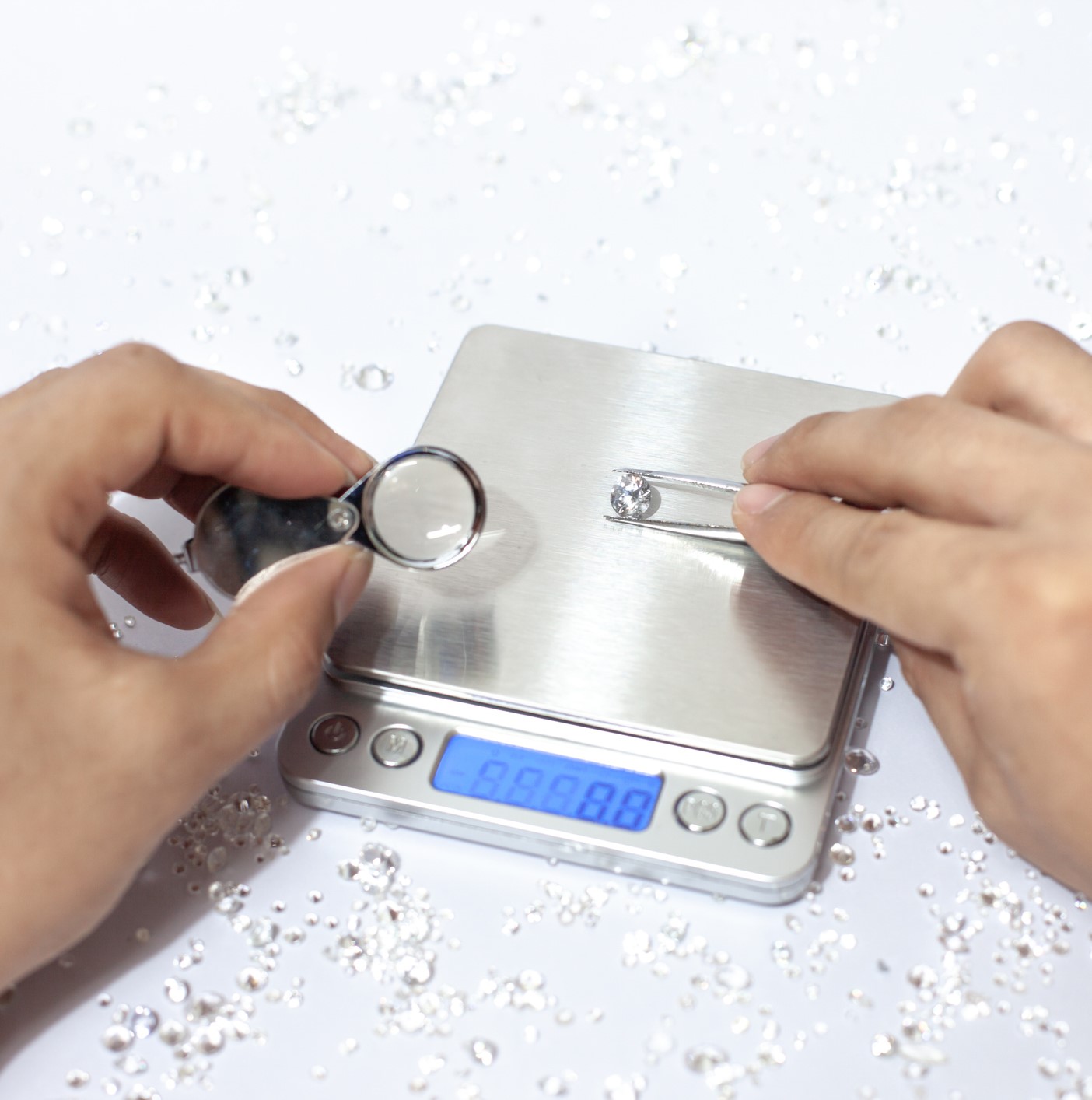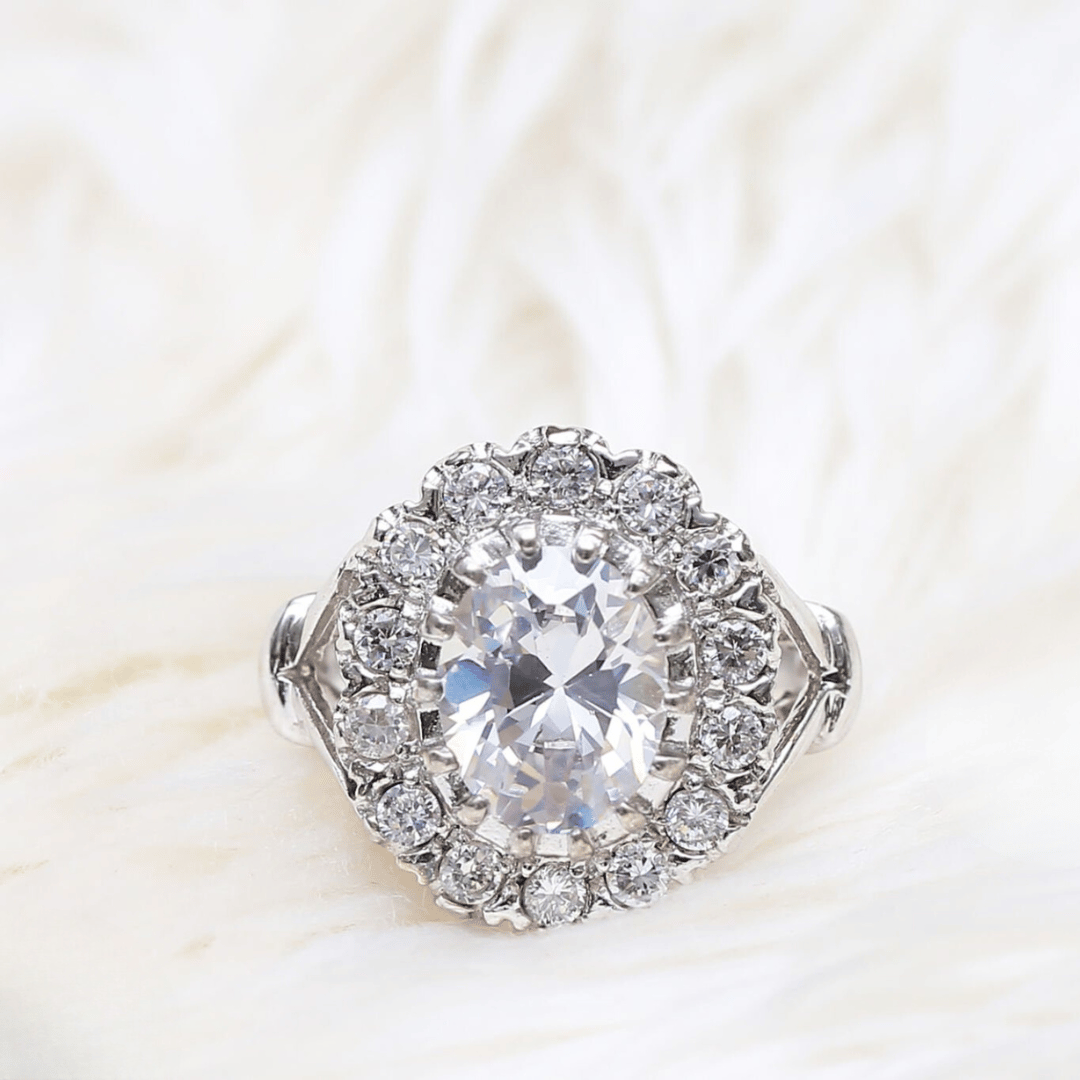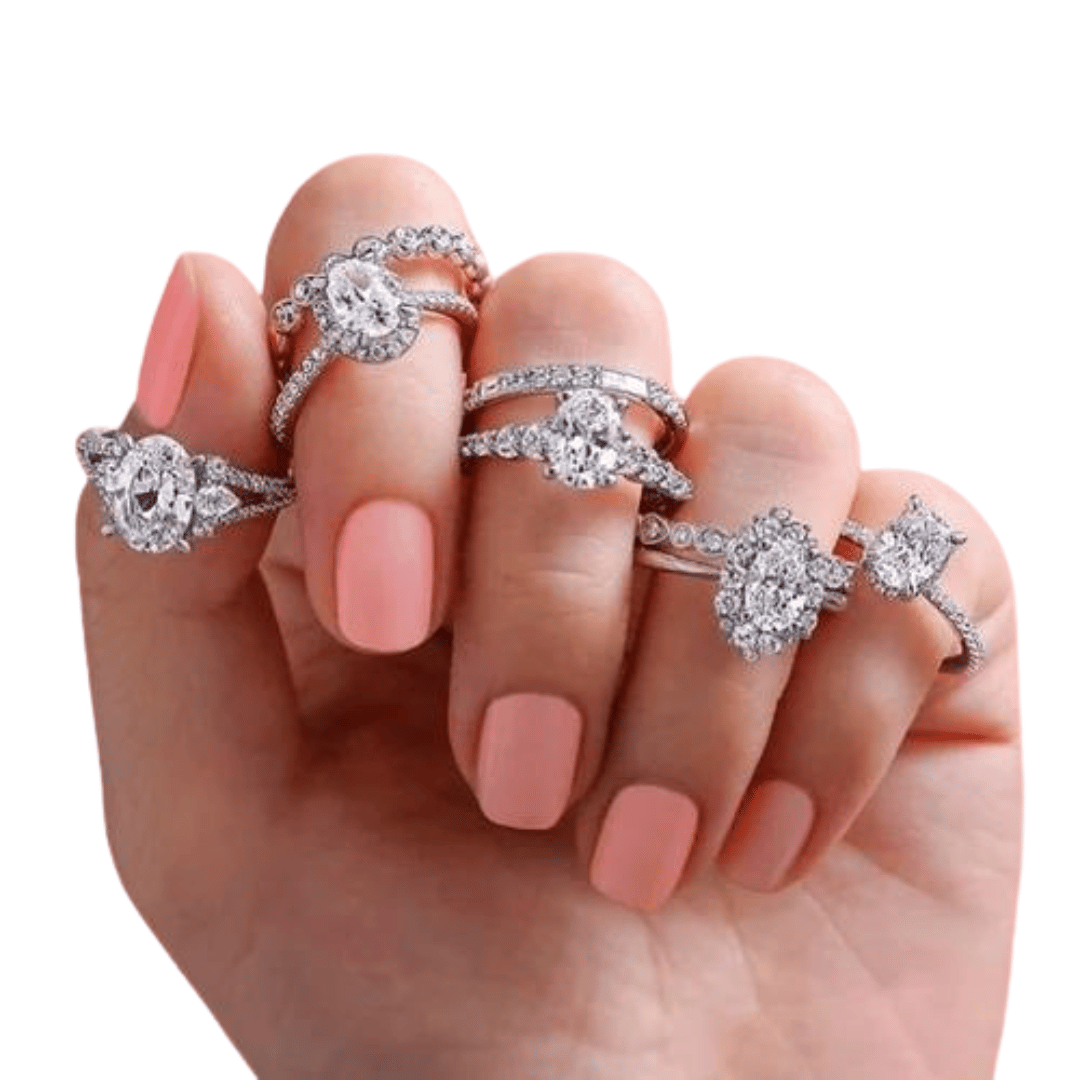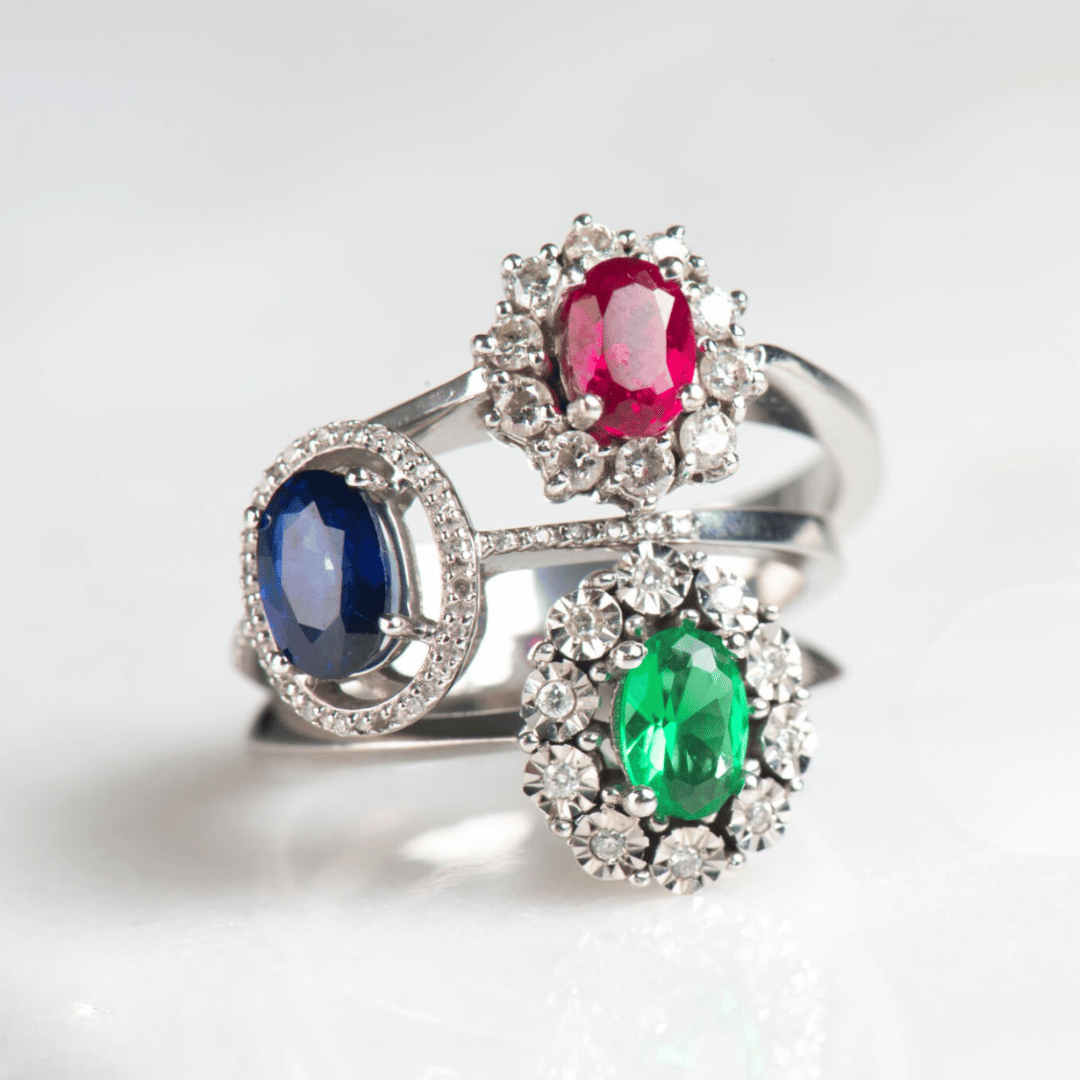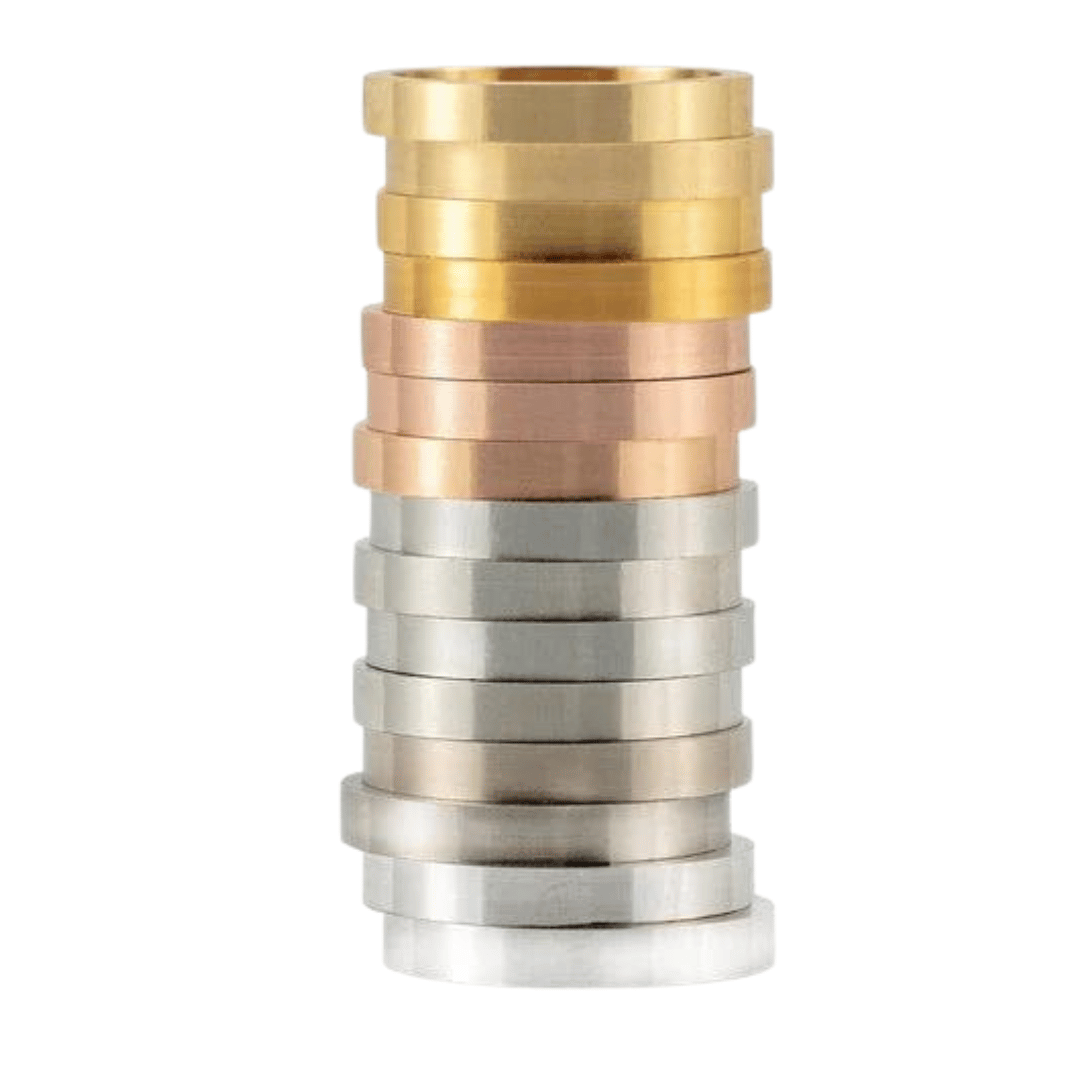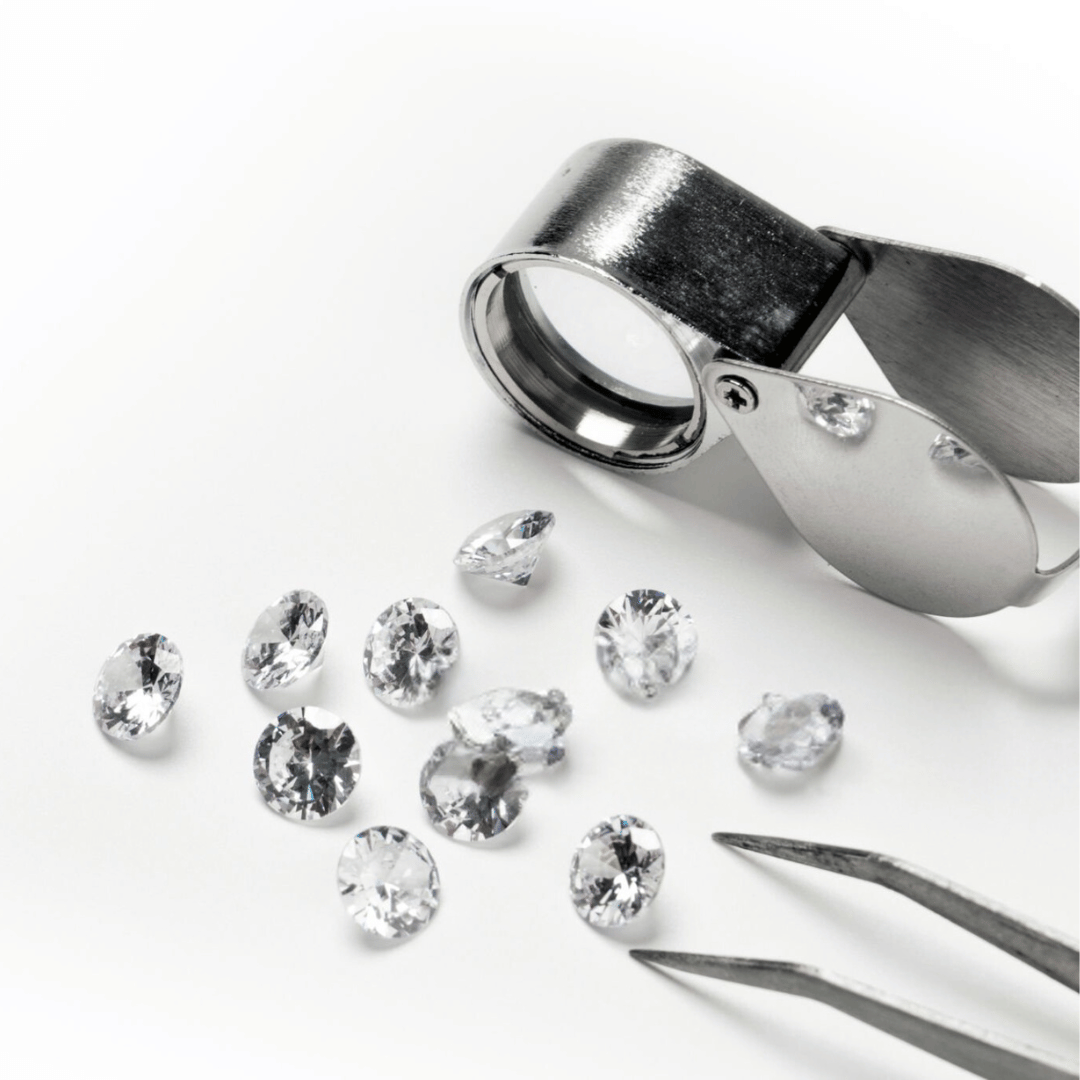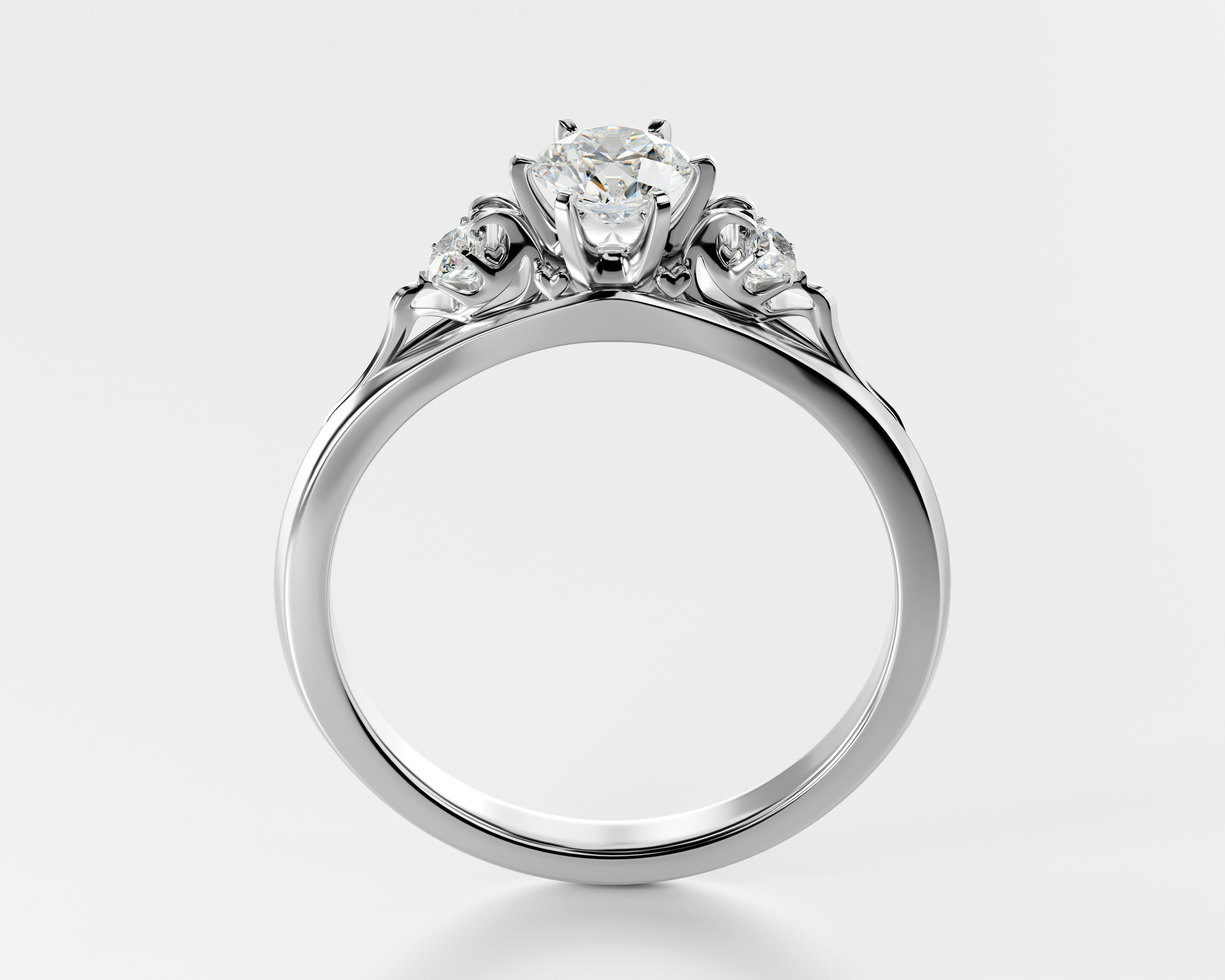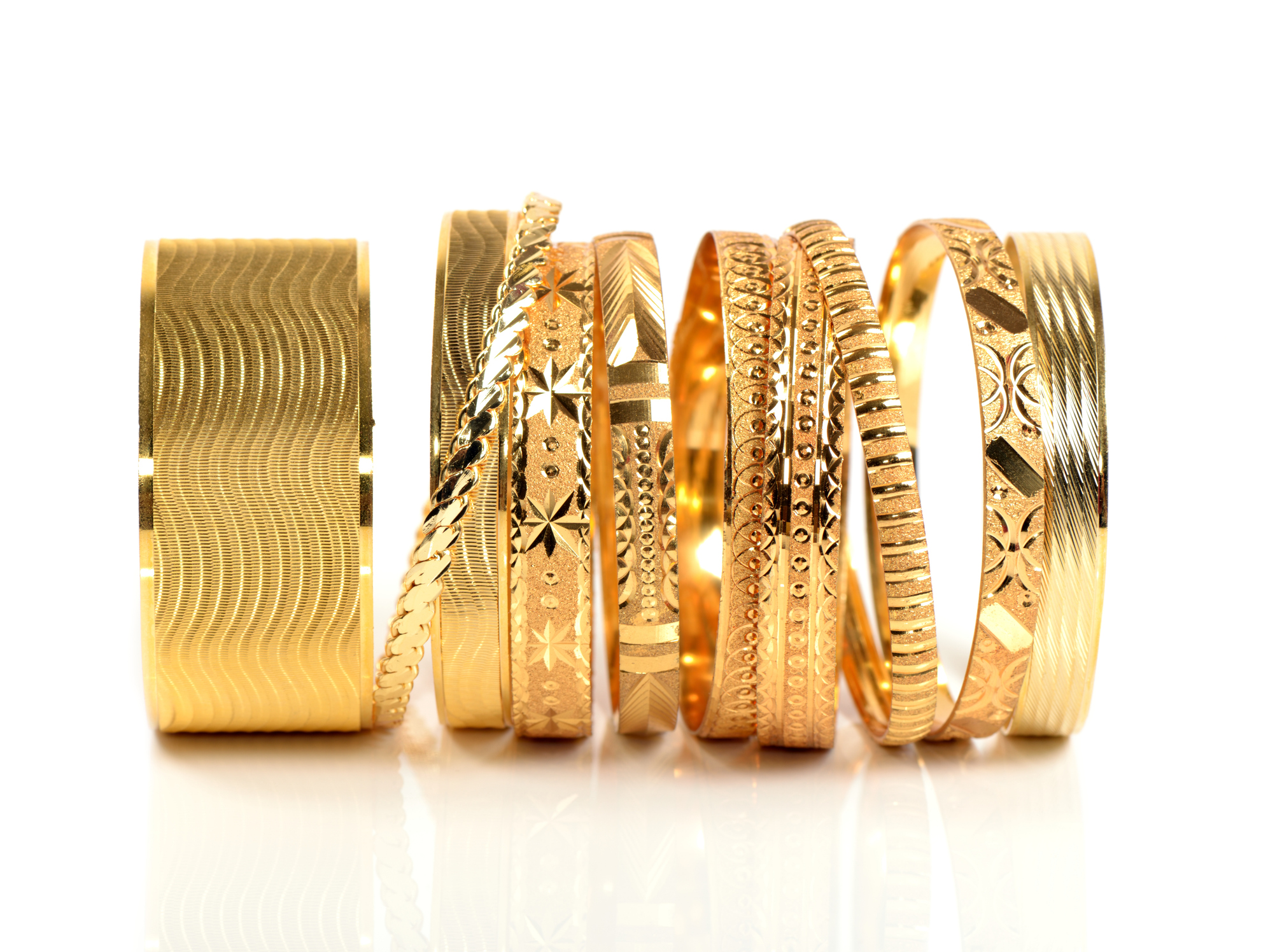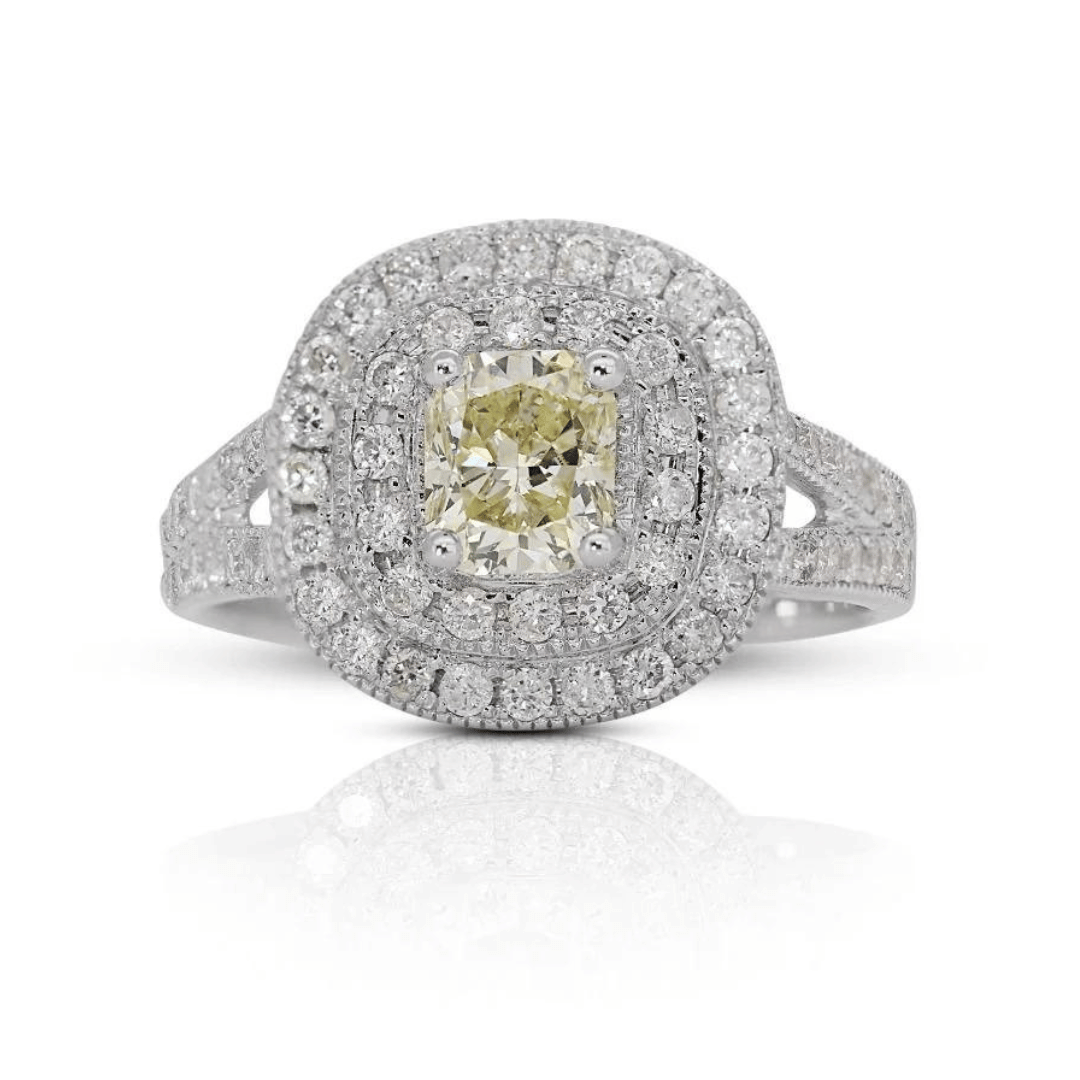Diamond Weight
Diamond Weight
Key Highlights:
- Carat Know-How: 1 carat (ct) equals 0.2 grams, but remember, carats (kt) for gold measure purity.
- Popular Choice: Many couples in Singapore favour a 0.50 ct diamond for engagement rings.
- Weight Matters (Under 1 Carat): Points (pts) rule here, with 1 ct = 100 pts. Choose a diamond near the top weight of a price group for best value.
- Industry Secrets: “Oversized” diamonds within a price group are rare finds due to polishing costs, so grab them if you see them!
- Price Group Variations: Weight ranges for price groups can differ – be mindful to avoid missing a price increase on stones near the upper limit.
- Breaking and Weight Loss: Don’t worry too much about minor weight loss from breakage, it’s uncommon.
- Rounding Down: The industry rounds weight down, so a 69.9-point diamond is considered 0.69 ct.
- Weight & Beyond: Choose a diamond based on a combination of factors, not just weight. Diameter and surface area (table) significantly impact visual size.
- Polish Matters: Opt for diamonds that appear larger than their weight with a Very Good (VG) or higher polish grade for optimal sparkle.
- Look Bigger, Not Just Be Bigger: Prioritize a diamond that appears larger from above, as this is how it will be viewed in jewellery.
- Fancy Cuts for the Win: Round diamonds lose more weight during polishing, making fancy cuts (non-round) potentially more affordable for a larger diamond.
When selecting the perfect diamond, understanding carat weight is crucial. Carat, a unit of measurement for diamond size, directly impacts both the visual appearance and price of your gemstone. In this guide, we’ll delve into the finer details of carat weight, explain how it differs from gold carat purity, and provide tips for maximizing value within different price groups. Whether you’re a first-time buyer or a seasoned collector, these insights will help you navigate the diamond market with confidence and find a stone that suits both your budget and style.
Understanding Carat:
- One carat (ct) equals 0.2 grams (200 milligrams).
- Carat weight is used for diamonds, while gold uses carats (kt) to denote purity.
Weight Considerations for Smaller Diamonds (Less Than 1 Carat):
- The industry uses points (pts) for smaller diamonds, with 1 carat equalling 100 points.
- A 0.37 ct diamond would be called a 37-point stone.
- Diamond price lists often have weight groups with significant price jumps between them.
While preferences vary, many new couples in Singapore choose a 0.50 carat diamond for engagement rings.
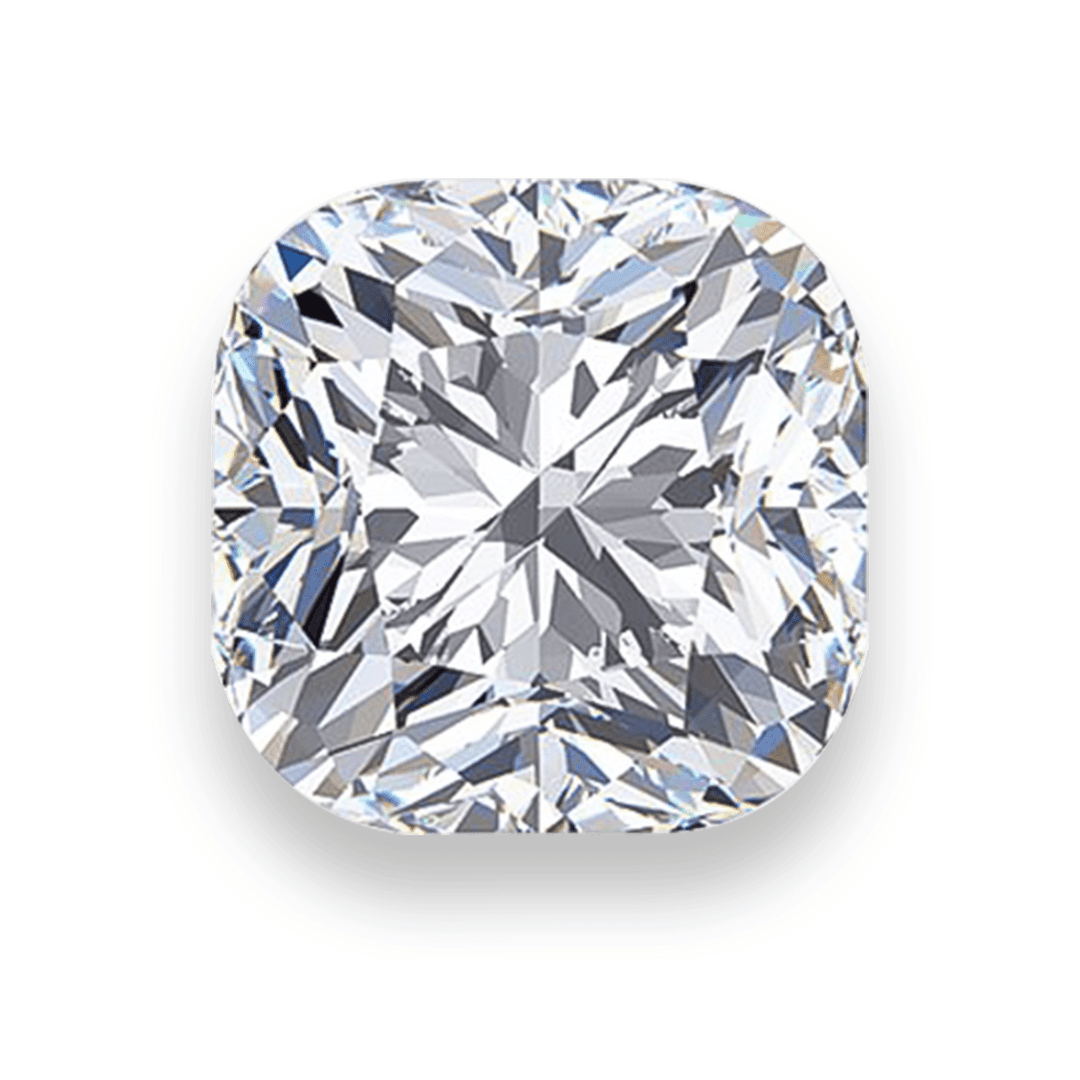

Weight and Other Factors:
- Diamond selection should consider a combination of factors, not just weight.
- The diameter and surface area from above (table) are crucial for visual size.
Polishing and Visual Size:
- Each polishing grade has a range. Opt for diamonds that appear larger than their weight with a Very Good (VG) or higher polish grade.
- In some cases, a smaller diamond with an Excellent polish might outshine a larger one with a lower grade due to superior light reflection.
Maximising Value:
- It’s often more cost-effective to choose a stone near the top weight of a lower price group than a lighter stone from the next group. For example, a 0.49 ct diamond might be better value than a 0.50 ct diamond with similar characteristics.
- Larger stones within a price group are called “oversized” and are rarer due to polishing costs. They can be a good find if you encounter them.
Breaking and Weight Loss:
- Diamond breakage is uncommon, so while some advise buying a point above the minimum weight for resale value, it’s not always necessary. This becomes more relevant with larger diamonds.

Understanding Price Group Weight Variations:
- Price group weight ranges can vary. One group might cover 0.23-0.29 ct (7 points), while another might span 0.40-0.49 ct (10 points).
- Diamonds near the higher end of a price group are sometimes called “industry accidents” as they represent a missed price increase.
Rounding Down Weight:
- Price group weight ranges can vary. One group might cover 0.23-0.29 ct, while another might span 0.40-0.49 ct.
- Diamonds near the higher end of a price group are sometimes called “industry accidents” as they represent a missed price increase.
Weight and Other Factors:
- Diamond selection should consider a combination of factors, not just weight.
- The diameter and surface area from above (table) are crucial for visual size.
Polishing and Visual Size:
- Each polishing grade has a range. Opt for diamonds that appear larger than their weight with a Very Good (VG) or higher polish grade.
- In some cases, a smaller diamond with an Excellent polish might outshine a larger one with a lower grade due to superior light reflection.


Key Takeaway: Look for Bigger Appearance:
- Choose a diamond that appears larger from above, as this is how it will be viewed when set in jewellery.
- Round diamonds lose more weight during polishing, making them more expensive than other shapes. Consider fancy cuts (non-round) for potentially larger and more affordable options.
Maximising Diamond Weight on a Budget:
Maximizing Diamond Weight on a Budget: Opt for lower clarity grades where inclusions are hidden in the setting. Focus on diameter for a larger visual size, and consider fancy cuts for better value. With these tips, you’ll find the perfect diamond that fits both your budget and style—because the best diamond is the one that speaks to your heart.
Conclusion
Selecting the perfect diamond goes beyond just its weight. This guide has equipped you, the consumer, with the knowledge to navigate diamond weight considerations and make informed choices. By prioritizing a combination of factors like diameter, polish grade, and potentially opting for fancy cuts, you can find a diamond that maximizes sparkle, size perception, and value within your budget. Remember, the most important carat is the one that captures your heart and symbolizes your love story perfectly. Happy shopping!


